 June 1, 2017 John E. Ross, KD8IDJ, Editor
| |||||||
Buildout of Nationwide First Responder Broadband Network Could Drive Amateur Radio Emergency Service (ARES) Changes The First Responder Network Authority (FirstNet) -- a nationwide wireless broadband network for first responders -- could change the complexion of how the Amateur Radio Emergency Service® (ARES®) functions to support communication for responders during disasters and emergencies. As an independent authority within the US Department of Commerce's National Telecommunication and Information Administration (NTIA), FirstNet's mission is to build out, deploy, and operate an interoperable nationwide broadband network dedicated to first responders. Ralph Haller, N4RH, the chairman of the National Public Safety Telecommunications Council (NPSTC), told ARRL that the advent of FirstNet "will likely be as significant as when public safety first began using radio."
NPSTC is a federation of organizations that work toward improving public safety communication and interoperability, and ARRL has a seat on NPSTC's Governing Board. Haller predicted that Amateur Radio's role in emergencies will not disappear. "There is no substitute for eyes and ears on the ground in an emergency," he said, adding that radio amateurs "can and should continue to play an important part" in supporting emergency communication. "Amateur operators can continue to provide valuable information to emergency operations centers in the recovery phase of disasters," he said. "Whether that intelligence gathering is reporting on storm clouds, power outages, or road closures, amateurs can help provide critical, real-time information about conditions over a vast area. While first responders are treating the injured or protecting life and property, the amateur community can concentrate on assessing the overall picture."
On March 30, FirstNet and the Commerce Department announced a 25-year partnership with AT&T as the primary contractor to make FirstNet a reality. "The ability to communicate seamlessly across jurisdictions is critical for law enforcement, fire, and emergency medical services (EMS) when securing large events or responding to emergencies and disasters," a Commerce Department news release said. "In those instances, networks can become overloaded and inaccessible, limiting responders' use of vital communication technologies, such as smartphones and applications dedicated to public safety services." Public safety agencies already use commercial wireless networks, such as AT&T and Verizon, to supplement their own radio systems and networks, although such communication is not point to point. FirstNet is initially targeted primarily to provide video and data, with mission-critical voice communication at least a decade away. EMS is likely to become a heavy user of the network, which will employ voice command functions a la Siri or Alexa. "Be sure the public safety organizations never forget how valuable the amateurs are!" -- NPSTC Chairman Ralph Haller, N4RH Inevitably there will be coverage gaps, and the development of "deployables" is critical. These devices can expand the network to areas it doesn't cover but where it may be needed for a specific incident. Deployables could include satellites -- Inmarsat is a member of the AT&T team. Network security and encryption is a high priority. The Military Auxiliary Radio System (MARS) now uses encryption on its data nets. While images in the form of digital Amateur Radio television (DATV) and a plethora of digital modes are available to ARES, FirstNet could nudge ARES to more quickly adopt a similar approach. A new generation of radio amateurs steeped in data, image, and video technology is likely to drive ARES to think beyond analog. Haller advised that the Amateur Radio community should continue to work closely with public safety organizations at all levels to assure that they remain a part of emergency plans.
FirstNet will use spectrum at 700 MHz -- no immediate threat to Amateur Radio allocations, although there is no guarantee that this won't change as the network approaches the shift to 5th generation (5G) technology. Amateur Radio has access to significant spectrum above 700 MHz. The expectation is that within a couple of years, a nationwide "core" network will be ready to roll out, and the first public safety users will be on board. Some regional networks have been set up for proof-of-concept purposes and to work out wrinkles. -- Thanks to Mike Corey, KI1U, and Ralph Haller, N4RH Amateur Radio Provides Communication Link Following Sri Lanka Flooding Members of the Radio Society of Sri Lanka (RSSL) responded to an urgent call for help in the wake of torrential monsoon rainfall in southwestern Sri Lanka on May 28 that caused flooding and The RDA declared roads were impassable. Only air rescue by the Sri Lanka Air Force helicopters was possible, and the lack of communication support made that task even more difficult. A plan was quickly put into place to airlift four radio amateurs from the capital, Colombo, to both affected locations to form a communications link. Jaliya Lokeshwara, 4S7JL, and Nadika Hapuarachchi, 4S6NCH, were the first ready to go. A second team consisted of Victor Goonetilleke, 4S7VK, and Dimuthu Wickramasinghe, 4S7DZ.
"We knew we could do it. We were self-sufficient and willing to rough it out," Goonetilleke said. "It was a hard task, but within 30 minutes of landing, the high frequency link was established." They used 40 and 75 meters, as well as 2 meters. He said they spent 2 days coordinating rescue flights, the movement of patients from Kalawana hospital to Ratnapura, and food drops. The emergency link remained in place until mobile phone service was restored and roadways cleared. "We are happy we could win the day for simple high-frequency radio," Goonetilleke said. The disaster recovery continues. Nearly 180 people died, and thousands were displaced by the weather disaster. -- Thanks to Jim Linton, VK3PC, Chairman IARU Region 3 Disaster Communications Committee, with Jayant S. Bhide, VU2JAU, National Coordinator for Disaster Communication in India (ARSI), and Victor Goonetilleke, 4S7VK The Doctor Will See You Now! "Flea Market Tips" is the topic of the current episode of the "ARRL The Doctor is In" podcast. Listen...and learn!
Every 2 weeks, your host, QST Editor-in-Chief Steve Ford, WB8IMY, and the Doctor himself, Joel Hallas, W1ZR, will discuss a broad range of technical topics. You can also e-mail your questions to doctor@arrl.org, and the Doctor may answer them in a future podcast. Enjoy "ARRL The Doctor is In" on Apple iTunes, or by using your iPhone or iPad podcast app (just search for "ARRL The Doctor is In"). You can also listen online at Blubrry, or at Stitcher (free registration required, or browse the site as a guest) and through the free Stitcher app for iOS, Kindle, or Android devices. If you've never listened to a podcast before, download our beginner's guide. Just ahead: "The Mystery of Sporadic E Propagation." Support ARRL and Earn 10,000 Bonus Points You get more with the ARRL Visa Signature® Card. For starters, spend just $2,000 in the first 90 days and you'll earn 10,000 BONUS POINTS1 -- plus you'll enjoy a long list of great everyday benefits, including:
Don't wait. Special offer ends on June 30, 2017. Apply today! There are two different ARRL Visa Cards: the ARRL Visa Signature Card and the ARRL Select Rewards Visa Card. You will first be considered for the Signature Card. If you do not qualify for the Signature Card, you will be considered for the Select Rewards Card. These cards have different terms, as set forth here. The Select Rewards Card may not offer the same Signature benefits. We may change APRs, fees, and other Account terms in the future based on your experience with U.S. Bank National Association and its affiliates as provided under the Cardmember Agreement and applicable law. Account must be open and in good standing to earn bonus points. Upon approval, refer to your Rewards Program Rules for more information. 1To earn the bonus points, you must spend $2,000 on eligible net purchases within 90 days of account open date. Subject to credit approval. Please wait 6-8 weeks for account to be credited. 2 Net purchases are purchases minus credits and returns. © 2017 U.S. Bank National Association FCC Issues Amateur Radio Licensee a Notice of Violation for Pirate Broadcasting The FCC Enforcement Bureau has sent a California Amateur Radio licensee a Notice of Violation (NoV) alleging that he engaged in unlicensed -- or "pirate" -- radio broadcasting -- on the FM band. The NoV to Lyle E. Hilden, KD6LUL, of Vista, was released on May 26. Depending on Hilden's responses, the NoV could be a precursor to a Notice of Apparent Liability for Forfeiture (fine).
"Field strength measurements revealed that the signal transmitted by the station greatly exceeded 250 μV per meter at 3 meters -- the maximum permitted on 93.7 [under Part 15 rules] without a Broadcast license," the FCC said in the NoV. Agents inspected Hilden's station and pointed out in the NoV that his Amateur Radio license does not entitle him to transmit on the FM broadcast band. The FCC called on Hilden to provide additional information in writing within 20 days of the NoV, fully explaining any violations and providing "all relevant surrounding facts and circumstances." Hilden also must spell out and provide a timeline for the actions he has taken to correct any violations and preclude their recurrence. FCC Issues Notice of Unlicensed Operation in Public Safety Interference Complaint The FCC has issued a Notice of Unlicensed Operation (NUO) to a Texas man for causing interference to a VHF public safety communications system in Dallas County. The FCC Enforcement Bureau issued the Notice to Bradley C. Pike of Dallas on May 17.
Agents confirmed by direction-finding techniques that VHF emissions coming from Pike's residence were causing the interference. Pike surrendered a radio signal jammer after admitting to agents that he had used the device, the FCC said. The Communications Act not only prohibits intentional interference, but the manufacture, importation, marketing, sale, or operation of devices designed to jam or disrupt wireless communications deliberately. Pike could face a substantial fine, seizure of radio equipment, and criminal sanctions, including imprisonment, the FCC said. Pike was given 30 days to respond to the Notice. Another Successful WX4NHC Annual Station Test in Advance of Hurricane Season Over the holiday weekend, WX4NHC at the National Hurricane Center (NHC) in Miami logged nearly 200 contacts throughout the US, Canada, the Caribbean, and even Europe, during its annual station test, conducted ahead of the 2017 hurricane season, which begins on June 1 and continues through November 30. The annual exercise on May 27 served to check out Amateur Radio Station equipment, antennas, and computer systems.
WX4NHC was on the air for about 8 hours, Ripoll said, and utilized all communication modes available at the station on HF, VHF, and UHF, including EchoLink, IRLP, DMR, D-STAR, D-RATS, and digital HF messaging via Winlink. WX4NHC also tested the Florida statewide SARNet, which links more than 26 VHF/UHF repeaters and emergency operating centers. "Our UHF repeater on the Florida International University campus is part of SARNet, sponsored by the State of Florida Department of Transportation. Several stations throughout Florida, including the EOC in the state capital of Tallahassee went into the WX4NHC log. From the Canadian Hurricane Center in Halifax, Nova Scotia, Bob Robichaud, VE1MBR, reported that it was 50° F (and 93° F in Miami at the time). Robichaud expressed appreciation for the cooperation between the Canadian and US hurricane centers and WX4NHC during the storm season, Ripoll said. Rob Macedo, KD1CY, served as net control station for the VoIP Hurricane Net from WA1EMA at the Acushnet, Massachusetts, Emergency Management Agency. The Assistant Director of the Acushnet EMA, Ed Caron, KA1RSY, "also took time to make a contact and send his cool regards," Ripoll said.
WX4NHC also contacted the Lafayette, Louisians EOC, the Slidell National Weather Service Office, the San Juan, Puerto Rico EOC, and stations in Germany and in Israel. "Many of our contacts were with individual Amateur Radio operators who volunteer as SKYWARN spotters for their local NWS offices and also participate in the Hurricane Watch Net (HWN) on HF during hurricanes," Ripoll said. "One of them -- Debbie Gray, WX9VOR, from Aurora, Illinois -- was very active relaying surface reports during Hurricane Matthew last year." Ripoll thanked all who participated in the annual test. "We hope our services are not needed during this hurricane season," he added, "but if needed, we are ready to provide NHC backup communications and ready to receive those important surface reports from stations inside the hurricane. Your surface report or your relay can make a big difference." Read more. QB-50 Constellation Satellites Deployed from International Space Station More than 2 dozen QB50 constellation CubeSats have been deployed from the International Space Station (ISS), including three carrying Amateur Radio transponders. Built by student groups from 23 countries, the "string-of-pearls" QB50 constellation aims to study the lower thermosphere 200-380 kilometers above Earth. The satellites were launched to the ISS in March aboard an Atlas V rocket.
LilacSat-1 was developed at the Harbin Institute of Technology. Its primary payload is an ion and neutral particle mass spectrometer, developed by the University of London, to measure the mass and distribution of charged and neutral atoms. Shortly after its deployment, LilacSat-1 took a picture of the ISS solar panels, and the image was received by students on 70 centimeters, using 9,600 bps BPSK. Eight other QB50 CubeSats will be placed into orbit from India onboard Polar Satellite Launch Vehicles (PSLVs). No launch campaign has been announced for another four QB50 CubeSats. All of the QB50 CubeSats have downlinks between 435.8 and 438 MHz, and reports from radio amateurs are welcome. In 2014, two precursor QB50 CubeSats were launched -- QB50p1 (EO-79/FunCube-3) and QB50p2 (EO-80). Both carried Amateur Radio transponders. Our Sun's 11-Year Magnetic Cycle Destined to Disappear The Sun's 11-year magnetic cycle appears to be ending, but that won't happen anytime soon. In a paper submitted on May 26 to the journal Solar Physics, two solar scientists are reinterpreting earlier evidence to hypothesize that the Sun's rotation rate and magnetic field are in a transitional phase that could lead to lengthening solar cycles, with the cycle ultimately disappearing altogether between 800 million and 2.4 billion years from now. Travis S. Metcalfe and Jennifer van Saders propose the scenario in their paper "Magnetic Evolution and the Disappearance of Sun-like Activity Cycles."
The authors cite stellar evidence for the shutdown of "magnetic braking" in stars similar to our Sun. "The new picture of rotational and magnetic evolution provides a framework for understanding some observational features of stellar activity cycles that have until now been mysterious," they said.
Metcalfe explained their observations through a recent Forbes magazine article. "Our previous discoveries identified an unexpected transition in the rotation and magnetism of middle-aged stars," Metcalfe is quoted in the article, "The Sun's Magnetic Dynamo Is Weakening" by Bruce Dorminey. "We now have direct evidence that the stellar dynamo -- the mechanism inside stars that sustains their magnetic fields -- actually shuts down during this transition." In their paper, the authors said that future observations with the Las Cumbres Observatory global telescope network "promise to probe the onset and duration of the magnetic transition that drives the evolution and eventual disappearance of Sun-like activity cycles."
A 2016 paper Travis co-authored -- "Stellar Evidence that the Solar Dynamo May Be in Transition," published in The Astrophysical Journal Letters, concluded, "The Sun still exhibits a dipole component to its global field, particularly near magnetic minimum, but the solar analogs also suggest a gradual concentration of the field into smaller spatial scales, leading to weakened magnetic braking," Metcalfe is listed on the paper as being associated with the Space Science Institute and the White Dwarf Research Corp, both in Boulder, Colorado. Van Saders is listed as being associated with the Observatories of the Carnegie Institution for Science in Pasadena, California, and the Department of Astrophysical Sciences at Princeton University in New Jersey. Ham Radio Aviator Set to Depart on Round-the-World Flight Brian Lloyd, WB6RQN, took off from Miami, Florida, on June 1 on a solo, round-the-world flight to commemorate Amelia Earhart's attempt to circumnavigate the globe 80 years ago. "Airborne!," he posted to his Facebook page, once aloft. "En route to St Thomas!" Lloyd will be on the air from Spirit, his single-engine Mooney 231 aircraft, during the course of his journey, expected to take 2 months. He will follow Earhart's historic route to fly around the globe at the equator, starting in Miami, skirting the Caribbean islands, then passing along the coast of South America before heading across the Atlantic.
In late May, severe weather on the Atlantic route and aircraft equipment problems forced Lloyd to call off his New York-to-Paris speed flight. "There was only a short window of time that the flight could have happened, and the window has now closed," a May 22 announcement said. Lloyd will be on the air using HF SSB on or about 14,210.0 kHz, 14,346.0 kHz, 18,117.5 kHz, or 7,130.0 kHz. On board, he has a Mobat Micom-3 transceiver, which puts out about 125 W. His antenna is under the fuselage. He also will utilize ALE (automatic link establishment) on the Amateur Radio HFLINK frequencies.
"The flight route has some very long legs, so I will have plenty of opportunities during June and July to talk with ham operators while flying over the world's oceans," said Lloyd, 62, who has been licensed since 1976 but has been flying since 1968. To give his 1979 Mooney aircraft additional range, he modified it to carry 150 gallons more fuel. He's also equipped it with modern navigation equipment, long-range radio, and satellite communication gear. Because the flight involves some risk, special safety gear is part of his equipment ensemble. In addition to being a pilot, Lloyd is a flight instructor and educator. He lives near San Antonio. His commemorative flight is co-sponsored by The Classic Aircraft Aviation Museum, a non-profit in Texas, and by individual contributions. The K7RA Solar Update Tad Cook, K7RA, Seattle, reports: The average daily sunspot number for the reporting week of May 25-31 dropped from 31.7 to 15.6, compared to the previous 7 days. There were no sunspots on May 30, but on May 31 sunspot region 2661 appeared, and the sunspot number was 11, which is the lowest non-zero sunspot number possible, due to the arcane method for counting sunspots. The average daily solar flux increased from 74.1 to 77.2.
Predicted solar flux is 75, 76, and 77 on June 1-3; 78 on June 4-6; 75 on June 7-10; 78 on June 11; 80 on June 12-21; 75 on June 22-23; 72, 78, and 72 on June 24-26; 70 on June 27-July 5; 75 on July 6-7; 78 on July 8, and 80 on July 9-15. Predicted planetary A index is 5, 10, 14, 8, and 6 on June 1-5; 5 on June 6-9; 10 and 12 on June 10-11; 8 on June 12-13; 10, 12, 25, and 10 on June 14-17; 8 on June 18-19; 5 on June 20-24; 12 on June 25; 5 on June 26-July 6; 10 and 12 on July 7-8; 8 on July 9-10, and 10, 12, 25, 10, and 8 on July 11-15. Looking ahead: The latest forecast for ARRL Field Day weekend, June 24-25, has solar flux on June 23-25 at 75, 72, and 78, and predicted planetary A index at 5, 5, and 12. On Sunday during the CQ World Wide WPX CW contest, a large geomagnetic disturbance occurred. Planetary A index was 51, and the High-Latitude College A index (Fairbanks, Alaska) was 84. I received two reports of enhanced 10-meter propagation on Sunday. N6GP in California sent a link to a video. Sunspot numbers for May 25-31 were 19, 22, 21, 20, 16, 0, and 11, with a mean of 15.6. The 10.7-centimeter flux was 76.1, 80.2, 81.9, 78.8, 75.8, 73.7, and 74.1, with a mean of 77.2. Estimated planetary A indices were 4, 3, 14, 51, 10, 7, and 4, with a mean of 13.3. Estimated mid-latitude A indices were 4, 3, 14, 32, 10, 6, and 5, with a mean of 10.6. In Friday's bulletin, look for an updated forecast, reports from readers, and more on the May 28 disturbance and enhancement. Send me your reports and observations. Just Ahead in Radiosport
See the ARRL Contest Calendar for more information. For in-depth reporting on Amateur Radio contesting, subscribe to The ARRL Contest Update via your ARRL member profile e-mail preferences. Upcoming ARRL Section, State, and Division Conventions
Find conventions and hamfests in your area.
. .
Subscribe to...
Free of charge to ARRL members...
Find ARRL on Facebook! Follow us on Twitter and Instagram! | |||||||
 "The nationwide network will be hardened, so that it will be more likely that many of today's public safety systems remain operational in emergencies," Haller said, pointing out that Amateur Radio should not expect to have access to FirstNet. He cautioned, "The endurance of Amateur Radio systems in disasters has been a big selling point in the past for incorporating amateur operators in emergency plans, but perhaps not so much in the future."
"The nationwide network will be hardened, so that it will be more likely that many of today's public safety systems remain operational in emergencies," Haller said, pointing out that Amateur Radio should not expect to have access to FirstNet. He cautioned, "The endurance of Amateur Radio systems in disasters has been a big selling point in the past for incorporating amateur operators in emergency plans, but perhaps not so much in the future."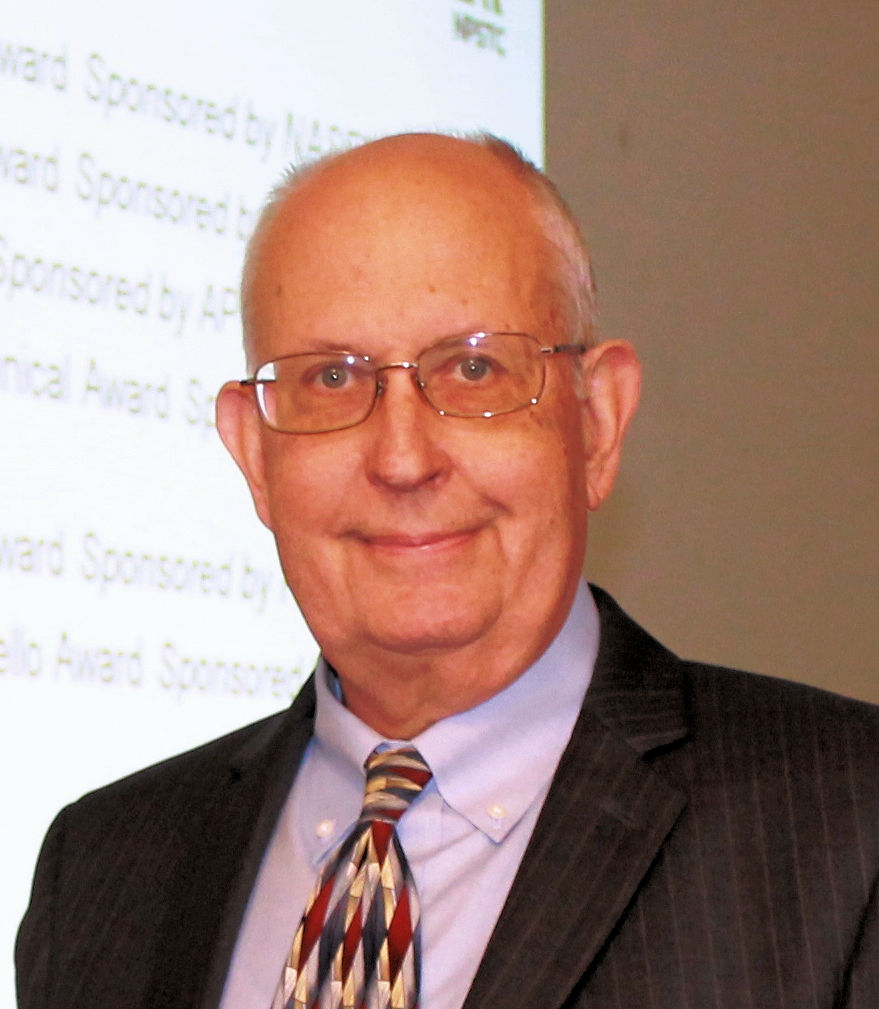
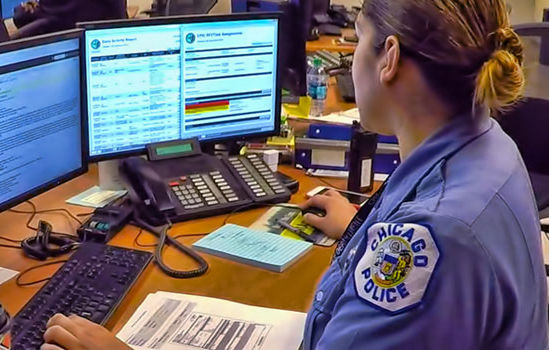 "The hype about broadband should not result in amateurs inadvertently being swept under the rug," Haller stressed. "Be sure the public safety organizations never forget how valuable the amateurs are!"
"The hype about broadband should not result in amateurs inadvertently being swept under the rug," Haller stressed. "Be sure the public safety organizations never forget how valuable the amateurs are!"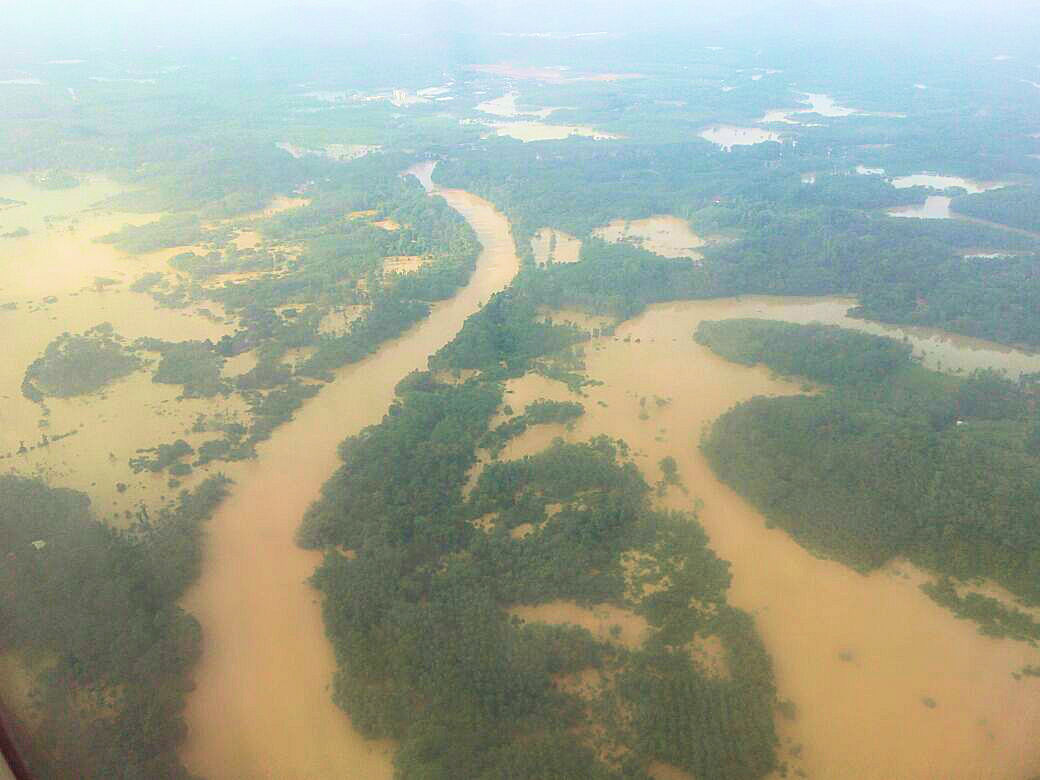 landslides. The Road Development Authority (RDA) contacted RSSL President Jaliya Lokeshwara, 4S7JL, seeking communication help from radio amateurs. The RSSL reports that emergency communication was needed to link remote Kalawana, one of the worst hit areas, and Ratnapura. All communication had failed due to heavy flooding, landslides, and damage to the telecommunications infrastructure.
landslides. The Road Development Authority (RDA) contacted RSSL President Jaliya Lokeshwara, 4S7JL, seeking communication help from radio amateurs. The RSSL reports that emergency communication was needed to link remote Kalawana, one of the worst hit areas, and Ratnapura. All communication had failed due to heavy flooding, landslides, and damage to the telecommunications infrastructure.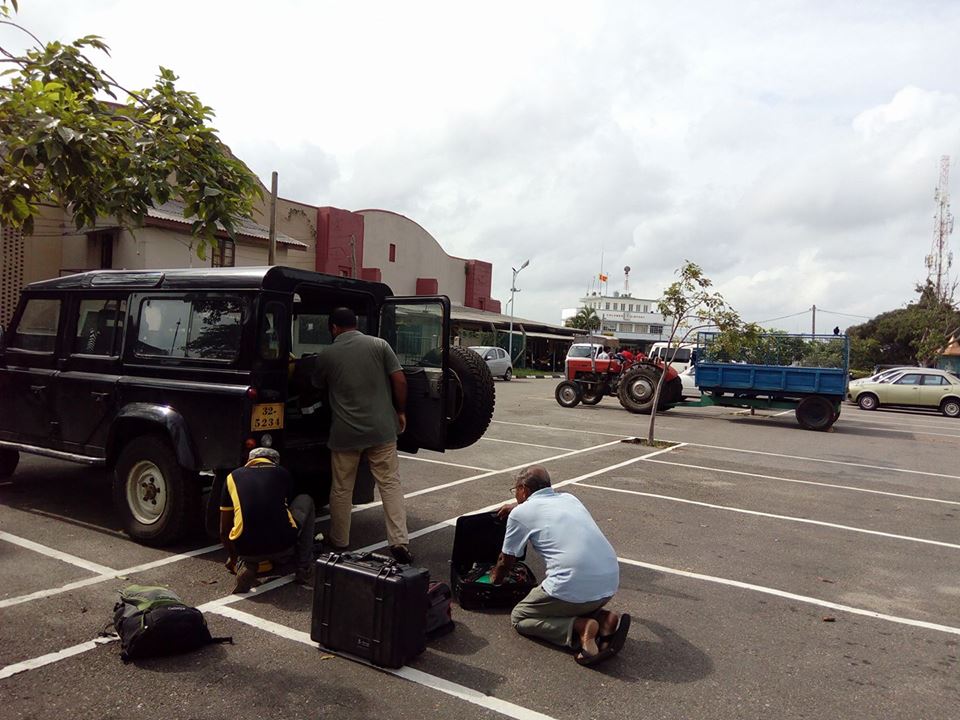
.jpg) Sponsored by
Sponsored by .jpg) In addition, part of every card purchase will be donated automatically to ARRL. So you can make a difference with every purchase, every day.
In addition, part of every card purchase will be donated automatically to ARRL. So you can make a difference with every purchase, every day.  According to the FCC's Los Angeles Office, the Enforcement Bureau in March received a complaint of an apparently unlicensed FM broadcasting station on 93.7 MHz in Vista. The NoV does not indicate the origin of the complaint, but these sometimes come from legitimate broadcasters in the listening area. The NoV also does not recount the nature of the alleged pirate broadcasts nor indicate how long they had continued. The following month, FCC agents monitored the apparent unlicensed signal 93.7 MHz and used direction-finding techniques "to positively locate" its source as Hilden's residence.
According to the FCC's Los Angeles Office, the Enforcement Bureau in March received a complaint of an apparently unlicensed FM broadcasting station on 93.7 MHz in Vista. The NoV does not indicate the origin of the complaint, but these sometimes come from legitimate broadcasters in the listening area. The NoV also does not recount the nature of the alleged pirate broadcasts nor indicate how long they had continued. The following month, FCC agents monitored the apparent unlicensed signal 93.7 MHz and used direction-finding techniques "to positively locate" its source as Hilden's residence. On April 3, agents from the FCC's Dallas Enforcement Bureau Office responded to a complaint from Dallas County Consolidated Services regarding interference to their VHF public safety communications system.
On April 3, agents from the FCC's Dallas Enforcement Bureau Office responded to a complaint from Dallas County Consolidated Services regarding interference to their VHF public safety communications system.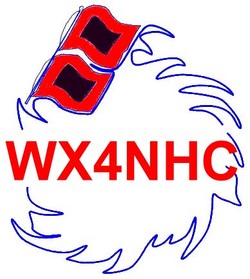 "We had a very successful WX4NHC Radio Station Test," said Assistant WX4NHC Amateur Radio Coordinator Julio Ripoll, WD4R. "All of our radio and computer equipment and new main HF dipole antenna worked well. We feel that our equipment will perform well if needed during this hurricane season."
"We had a very successful WX4NHC Radio Station Test," said Assistant WX4NHC Amateur Radio Coordinator Julio Ripoll, WD4R. "All of our radio and computer equipment and new main HF dipole antenna worked well. We feel that our equipment will perform well if needed during this hurricane season."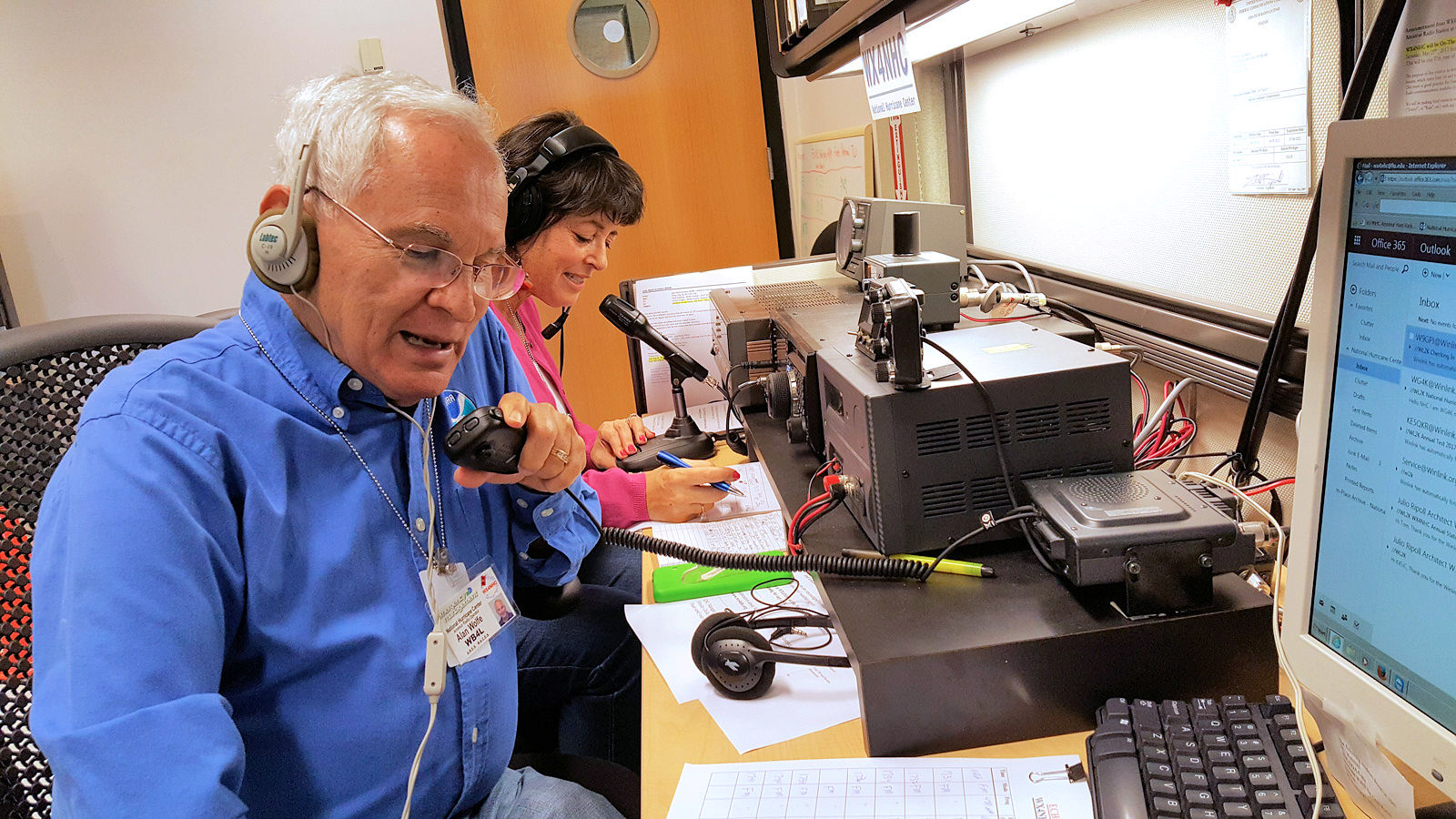
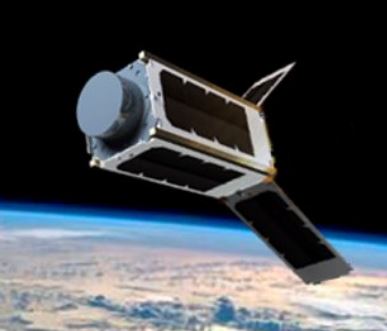 In all 28 QB50 2U and 3U CubeSats were released into orbit between May 16 and May 25. These included
In all 28 QB50 2U and 3U CubeSats were released into orbit between May 16 and May 25. These included .jpg) "After decades of effort, the solar activity cycle is exceptionally well characterized, but it remains poorly understood," the authors say in the paper's abstract. "Pioneering work at the Mount Wilson Observatory demonstrated that other Sun-like stars also show regular activity cycles and suggested two possible relationships between the rotation rate and the length of the cycle. Neither of these relationships correctly describe the properties of the Sun, a peculiarity that demands explanation."
"After decades of effort, the solar activity cycle is exceptionally well characterized, but it remains poorly understood," the authors say in the paper's abstract. "Pioneering work at the Mount Wilson Observatory demonstrated that other Sun-like stars also show regular activity cycles and suggested two possible relationships between the rotation rate and the length of the cycle. Neither of these relationships correctly describe the properties of the Sun, a peculiarity that demands explanation."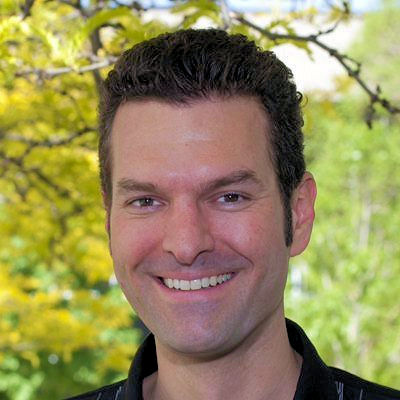
.jpg)
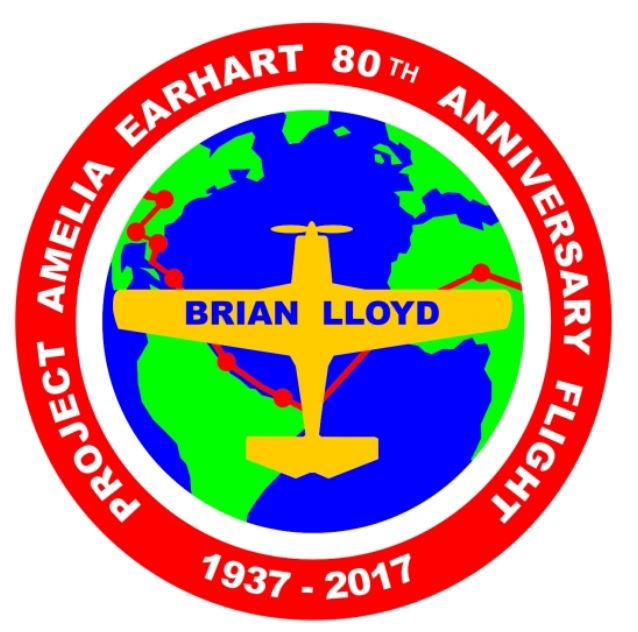 "I am driven by the spirit of historic flights," Lloyd said before leaving his Texas airstrip for Miami. "It is important to remember the aviation pioneers like Amelia Earhart and their contributions to aviation. Their bold actions made today's air travel possible for all of us."
"I am driven by the spirit of historic flights," Lloyd said before leaving his Texas airstrip for Miami. "It is important to remember the aviation pioneers like Amelia Earhart and their contributions to aviation. Their bold actions made today's air travel possible for all of us."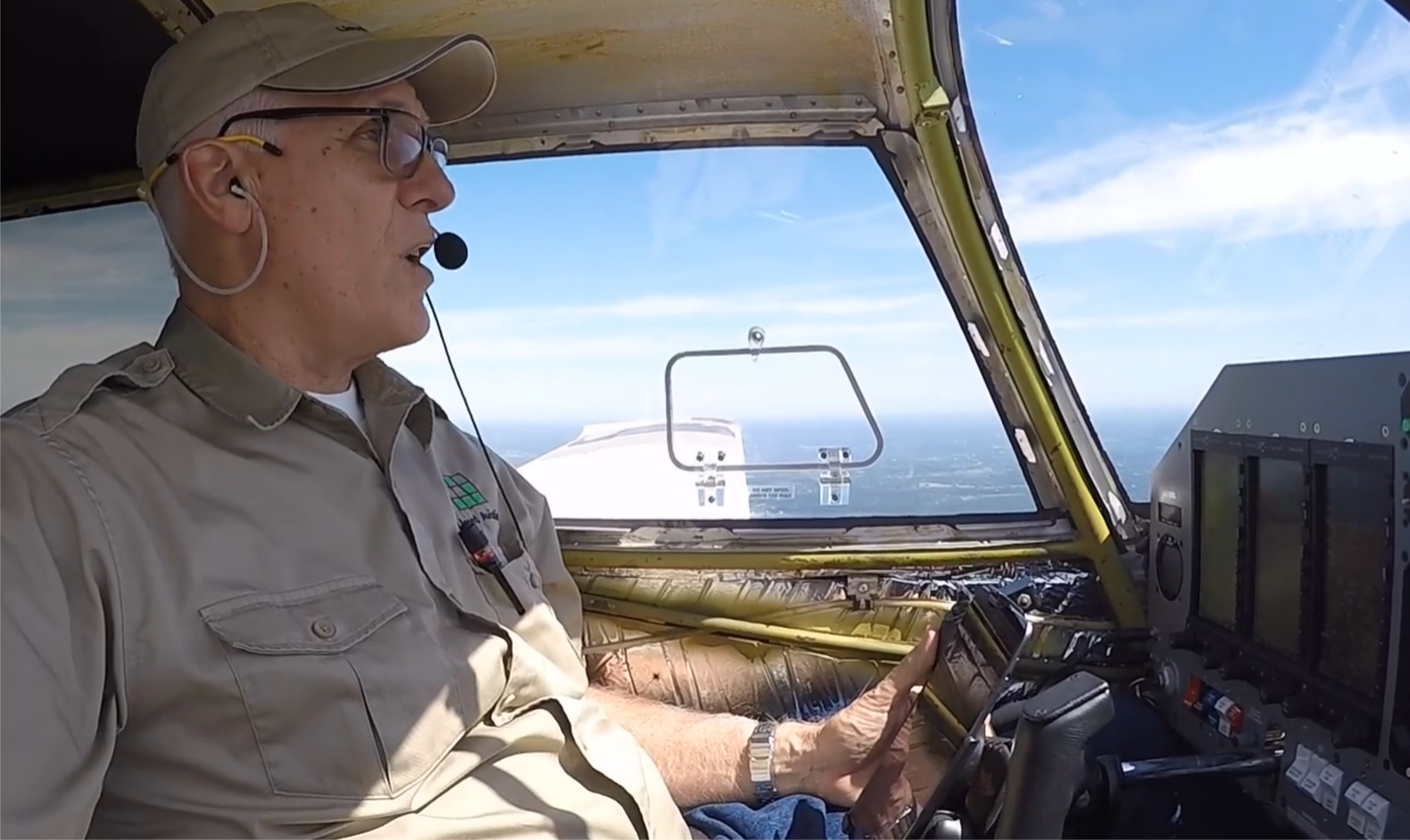
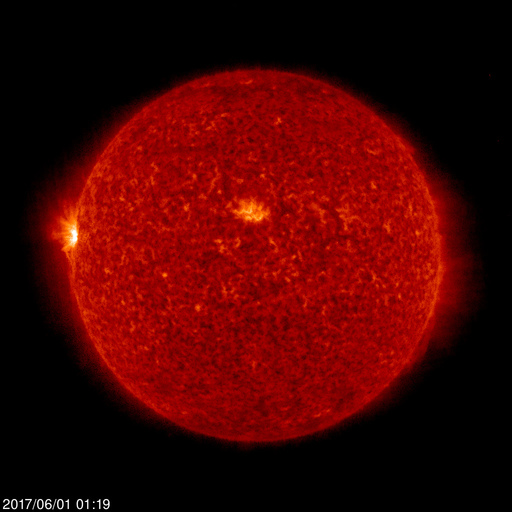 The average planetary A index increased from 11 to 13.3, and the average mid-latitude A index went from 11.7 to 10.6.
The average planetary A index increased from 11 to 13.3, and the average mid-latitude A index went from 11.7 to 10.6.







